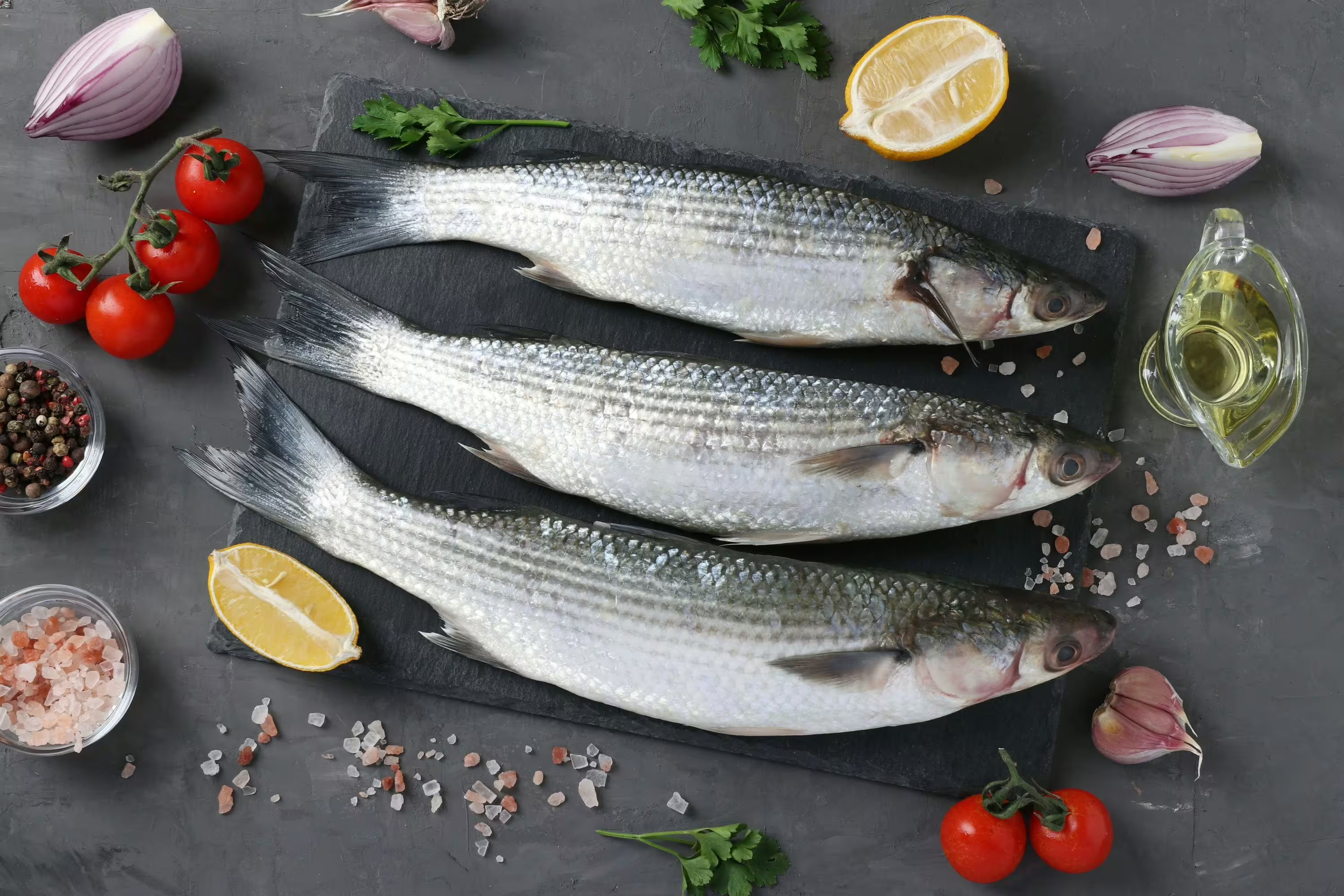The mule provides proteins and lipids. Its lipids have a majority and mono -unsaturated and polyunsaturated mono acids, whose beneficial health effects are widely recognized. It constitutes an excellent source of vitamins of group B, in particular B3 (or PP), B6 and B12; and vitamin D. Discover the mullet -based recipes, the nutrients of the mule, the number of calories, the vitamin, iron intake, etc.
